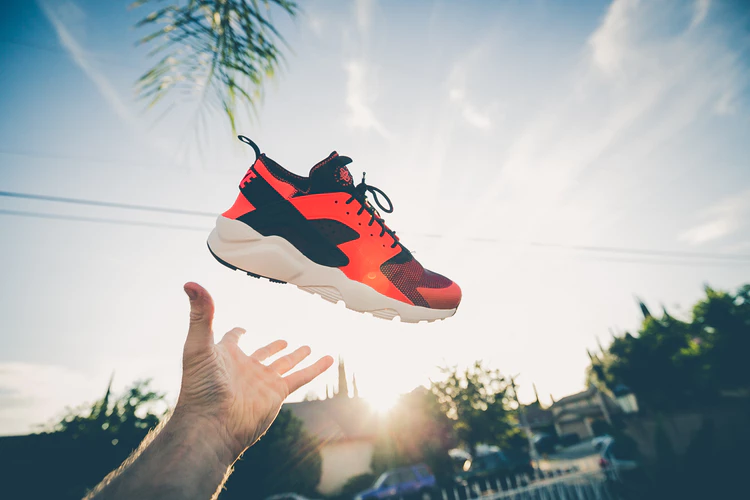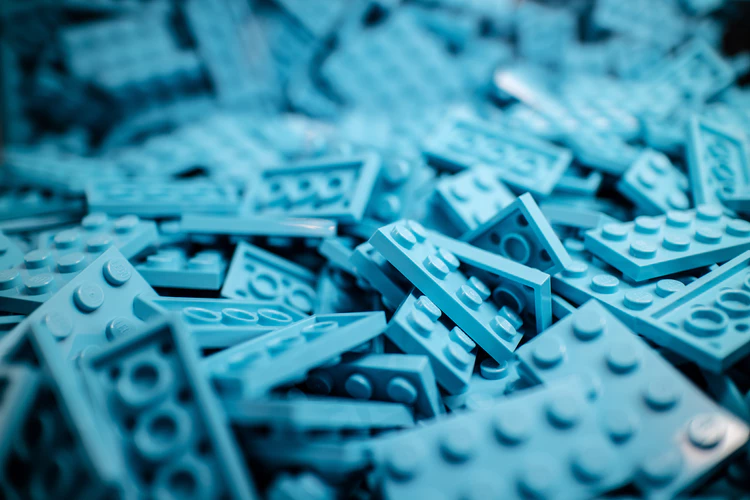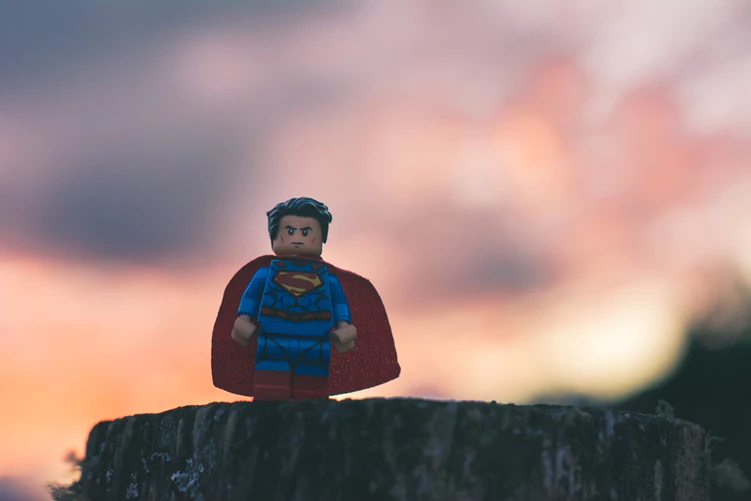Archetypes.
If you’ve taken an English class you might have heard this word thrown around before in relation to characters, and even story plots. If you work in marketing, you might have also heard this word in regards to branding and corporate culture.
The simplest way to describe (or reintroduce) an archetype is by telling you that it’s somewhat of a prototype that others can follow and mirror. Think about your favourite genre when it comes to movies. Maybe you love a good action flick. If you think deep enough, how many times do you think you’ve seen similar plot lines? Similar character traits? Similar outcomes?
Stories that are well executed have a way of following similar literary devices, devices that are repeatable for other purposes, such as defining your brand, and ultimately your brand persona.
We’ve talked a lot on our social media platforms about the importance of humanizing your brand. In 2019, people want to interact and buy from a business that they can connect to on a personal level. Now more than ever is a time where consumers question the brands that they trust, and inevitably purchase from.
If your consumer can’t trust or connect with your brand, how do you accept to secure repeat clients?
That’s where “brand” and archetypes come into play.
Why are archetypes important in branding?

Nailing down an archetype for your brand, and evidently your business, comes with a host of different benefits, the first being that it’s a great way to achieve alignment internally.
Once you have an idea about what sort of personality your brand/business possesses, you’ll have no problem making decisions internally because you can ask yourself “would this archetype behave this way, or make this type of decision.”
Archetypes also help guide your brand voice and how you decide to speak to your audience externally. If your brand has more of an adventurous feel, like The North Face or Osprey, you would structure your key messages quite differently than a brand that has more of an inventive feel, like Apple or Adobe.
Think about how much easier your external communications would be to craft if you had something to refer to, and guide that communication with. Additionally, this will help ensure that your mission and vision statements align.
How can I use archetypes for my brand?
 Now that you’ve read a bit about why assigning an archetype to your brand could be beneficial, you might be wondering: How can I use archetypes for my own brand?
Now that you’ve read a bit about why assigning an archetype to your brand could be beneficial, you might be wondering: How can I use archetypes for my own brand?
It all starts with reviewing the different types of archetypes, and seeing which characteristics match up most with your own brand. Compare the different strengths and weaknesses of the archetypes to your brand, and how you want it to express itself in the world. Think about the different elements that contribute to the brand and how that ties into certain traits.
To help get you started, we’re going to talk about four different archetypes that you can apply to your own brand with a few examples.
4 archetypes you can apply to your own brand
The Adventurer
The Adventurer is a thrill-seeking archetype. They push themselves to the limit, always seeking something "more." Think outdoor brands and car brands. This archetype has no fear with a constant lust for fear and danger. A brand with this archetype as its backbone would always be seeking out new things with an ambitious attitude.
Brand Examples:
This archetype is for your brand if…
- Your brand is exciting and enjoys taking risks.
- It offers a product or service that is used in the rugged outdoors.
- It helps people who come in contact with your brand express their own individuality, and moves them out of their comfort zone.
The Creator

The Creator archetype is innovative, inventive and full of creativity. Think Walt Disney and LEGO. Brands with this archetype are all about making dreams a reality. New things are always evolving for this brand, and they are consistently looking for the next best thing to implement. Have a brand with a big imagination and outlook on life? Then you might want to use this archetype to build out essential brand pieces.
Brand Examples:
This archetype is for your brand if…
- Your brand is extremely creative and unique.
- It offers a product or service that sparks others’ wishful dreams and imaginations.
- It helps people who come in contact with your brand feel experimental and willing to take risks artistically.
The Hero

The most well-known archetype is none other than the Hero. One of the main motivations of this archetype is the need to prove their worth with a determination to leave a mark on the world (often at the risk of great sacrifice). A brand with this type of archetype would be strong and competitive, always willing to take on a challenge. A Hero often starts out as an underdog who, through trials and tribulations, rises to the top.
Brand Examples:
This archetype is for your brand if…
- Your brands’ ultimate goal it to help others in a way that could have a big impact.
- It offers a product or service that people want to purchase or use because it inspires and motivates them, or keeps a promise.
- It is strong and helps your customers accomplish tough tasks and jobs.
The Rebel

The Rebel is a non-conforming, “stick it to the man” archetype that will always appear different from others. It is a brand who walks the path less traveled on, fighting for the those in the world who might be oppressed or discriminated against. All sub-groups of this archetype serve as agents of change in the world, crafting new ways of seeing things, and new conventions to follow. A brand with this archetype is passionate about showing the other side of the coin, and breaking all rules necessary to do so. Think daring cosmetic, fashion and art lines.
Brand Examples:
This archetype is for your brand if…
- Your brand is bold and distinct, unlike any other in your industry.
- It offers a product or service that upsets the status quo, and thus attracts customers that also upset the status quo.
- It helps people express themselves in a way that is bold, independent and unconventional.
Next steps
Now that you’ve had a bit of an introduction to archetypes, and how they can help establish and build out your brand, it’s time for you to think about which one might best match the direction you hope to move in. Check out these additional resources for some extra help:
Conclusion
Adapting an archetype for your brand/business will help guide you in both internal and external communications. It can serve as a solid branding tool for moving forward with initiatives, campaigns and much more.
Once you start thinking of your brand as a person, it becomes that much easier to breathe authenticity and life into the dialogue you have with your audience and stakeholders. Remember to consider researching different types of archetypes, and taking the time to see which one applies the most to your brand so you can humanize and heighten the experiences people have with the brand when they come into contact with it.


